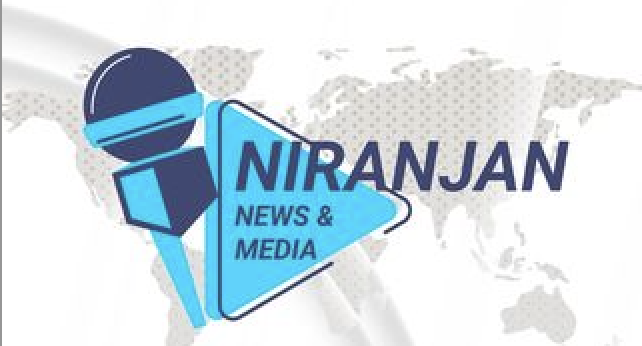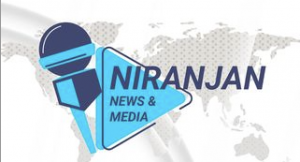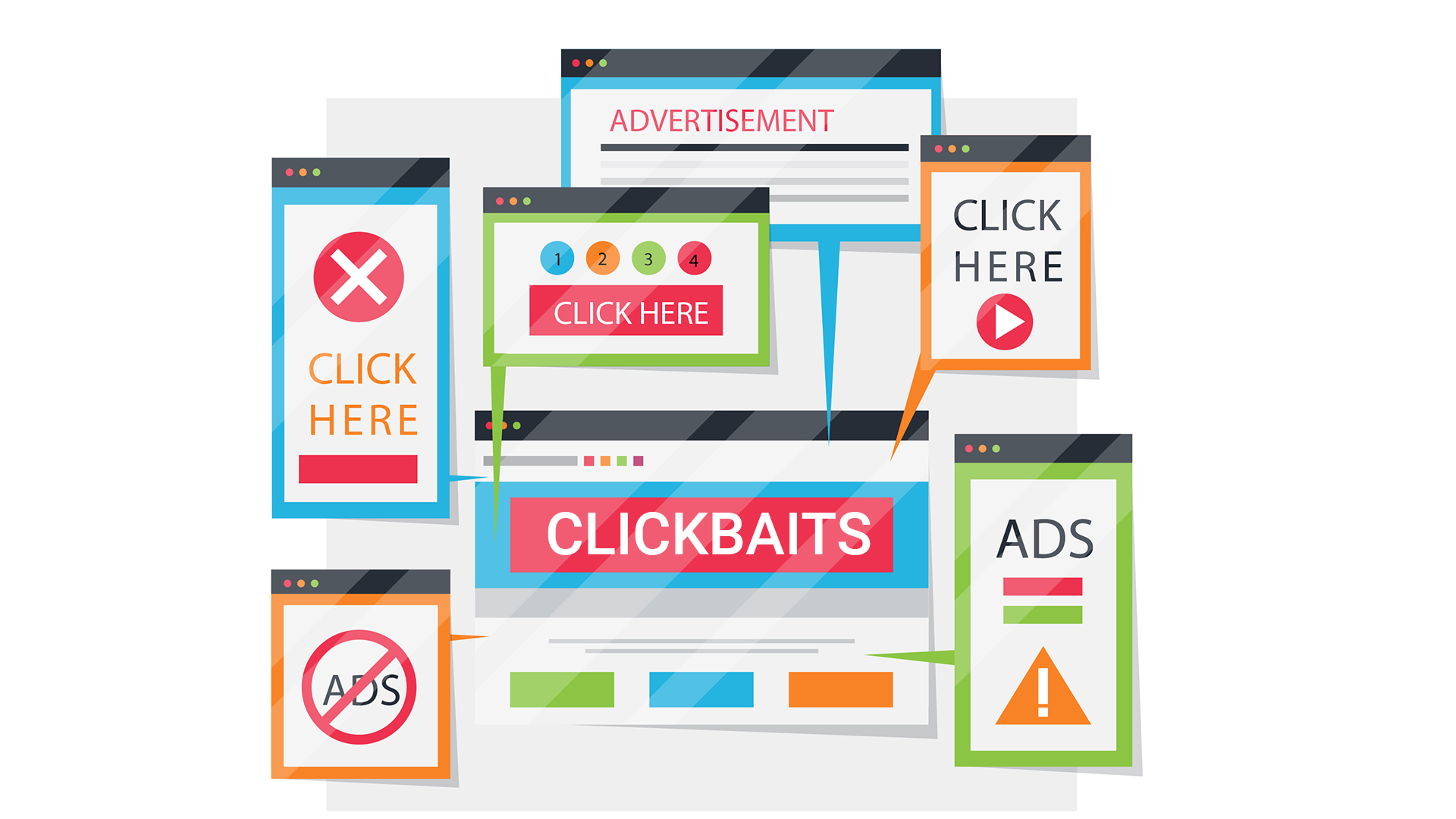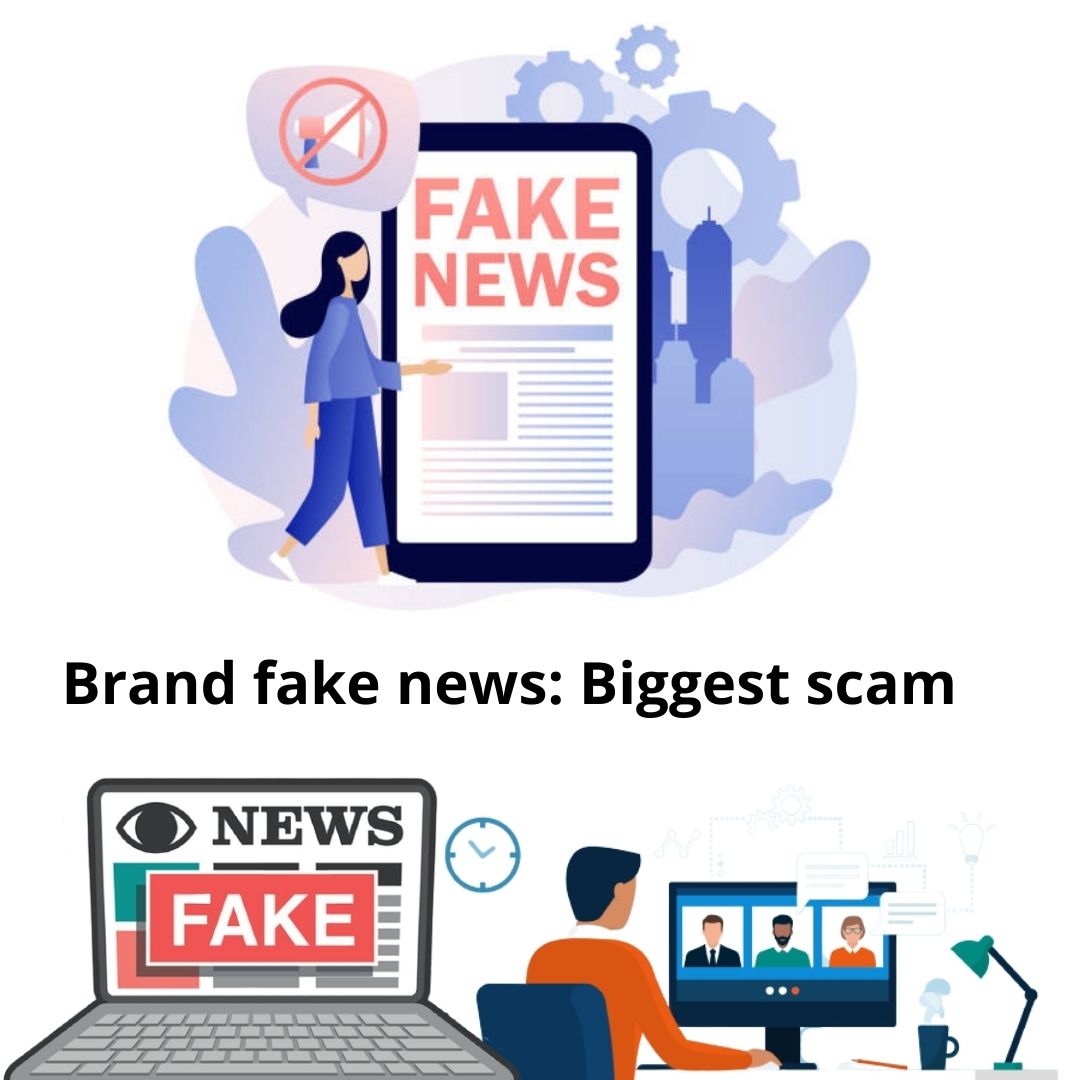As the arm of fake news reach further into the mainstream, how do we all keep them from getting a fierceness on democracy?
The obvious place to begin is by understanding what fake news is. As critical humor, opinion, or sloppy reporting—all of which may contain degrees of falsehood or a minimum of bias—false news is solely fictional and created with the intent to deceive, usually for political gain.
Fake news is not really the problem. May be fake news has been since the printing press was invented. But in coming years, the Internet, social media, and a steadily creeping skepticism of journalism have caused it to collapse. Figuratively, trying to uproot fake news is a tiresome game of Whac-A-Mole: you clobber one source only to have another pop-up, and another, and another.
Instead of focusing on suppression, might it make more sense to create immunity to fake news as a society? Perhaps if max people had the tools to spot and eliminate fake news, the rise of misrepresentation of information might subside. Studying the issue
To find out more about how the young generation is navigating the fake news pandemic, we polled youth on a series of 10 questions—from where they get their news to how they assess its trustworthiness to what tools they need to be better enlightened. Then we asked professionals to analyze the survey results and suggest useful tips. We discovered that many youths do think carefully about the possibility of misinformation, and almost all could describe at least one strategy for evaluating credibility. The professionals offered some tips, such as:
Analytical thinking is not about being suspicious of everything—it’s about learning to recognize what makes information truthful. We need to be cautious of our own biases, such as information we want to be true or that generates strong emotions. We are all contributors and distributors with an honest responsibility to limit the spreading of fake news.
Confronting some troublesome facts Participants in the survey and professionals also highlighted that a big challenge when coping with fake news is the fact that inconsiderate of our political alignment or level of education, we cannot always identify an author’s intent or hidden agenda. As well, we like to share articles that promote our own views—and we are not always able to differentiate between truthful and untruthful news sources.
We might also: Predict (wrongly) that a high search engine ranking signifies reliability. In reality, all it signifies is shrewd use of keywords, metadata, and another promotional campaign. Promote articles based on headlines without reading the full text, whether to save time or in search of quick likes. Most of us admire our freedom of voice. Protecting it means taking the time to sort truth from fiction without becoming mocking.
Top Tips for identifying fake news Think carefully before believing or sharing any news.
That means:
Be Aware Read beyond the headline – Read the whole article (not someone else’s summary).
Ignore your bias – be aware of your limits. Remember images and videos can be misleading.
Be Suspicious – Look for provocative language or shock value factor. Find at least 2 other trustworthy sources. Double-check the author and publisher’s legitimacy, credibility, authenticity, and objectives.
Be Proactive – Check the facts before you share: Snopes.com, FactCheck.org, or PolitiFact.com. Stumbled on some fake news? Banish it.
Be transparent and call it out.
Find the original source – be your own guardian and choose your own news sources.




